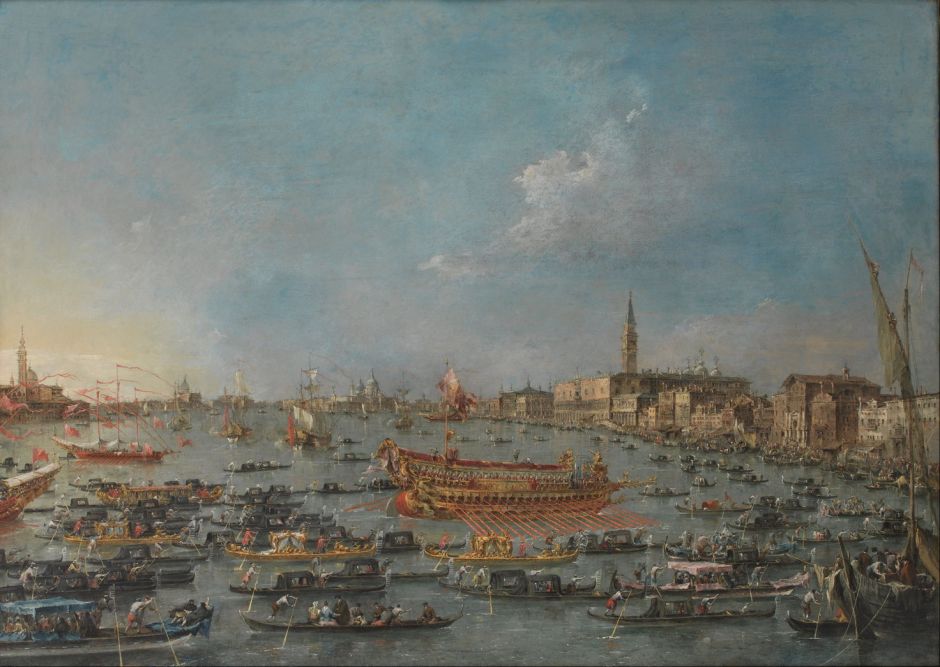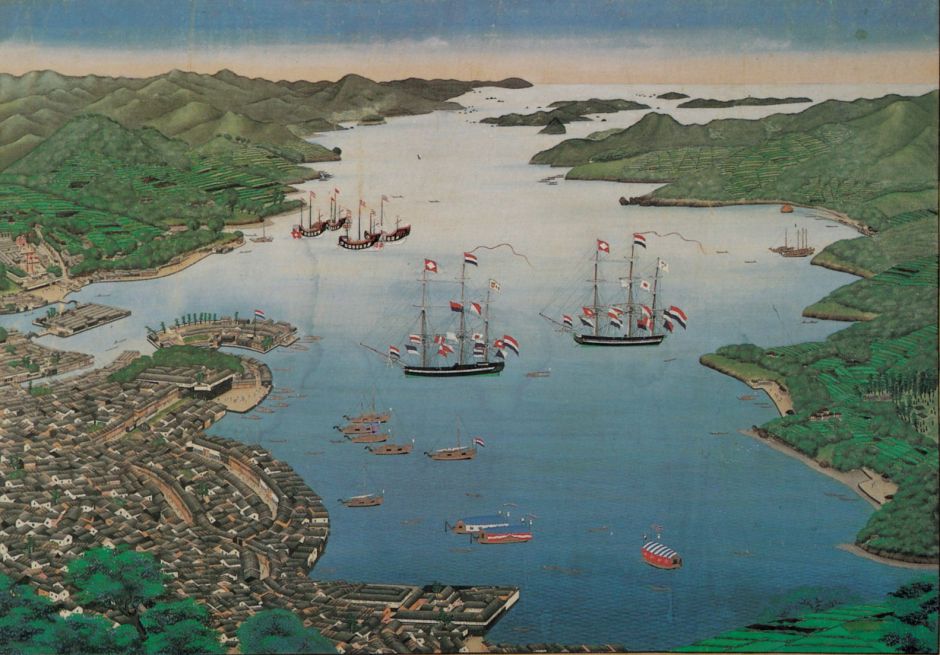There’s a great deal of human history in paintings. When changes happen slowly over decades, and the photographic record is limited, paintings are often the only way to see how events have turned.
Two centuries ago, our coasts and ports were crowded with sailing ships which travelled the world, transferring people and goods wherever. Despite storms, limited navigational techniques, the arduous nature of life at sea, and many other hazards, these vessels plied the seven seas in vast numbers.
One hundred and fifty years ago, sail and steam were in competition. On 1 February 1869, the Cutty Sark was launched in a final effort to prove that sailing ‘clippers’ could perform better than the new steamships.
A century ago, sail was in steep decline. Anchorages which would have contained many hundreds of sailing ships were fast emptying, as sail became the preserve of the rich, or the sporting. By the Second World War, there were probably only a few hundred substantial sailing ships which were still seaworthy.
In today’s and tomorrow’s articles, I look at fine art paintings which feature ‘proper’ European sailing ships. To reduce the numbers of paintings to something more manageable, I exclude fishing boats and other smaller vessels, and most sub-genre maritime and naval paintings, such as those you might see in maritime and naval museums.

We should perhaps be grateful that Claude Lorrain was not as skilled at painting figures, as he compensated in the brilliance of light, fine architecture, and sailing ships. In The Trojan Women Set Fire to their Fleet from about 1643, he shows a fine view along what must be the west coast of Italy, with groups of women about to set fire to those ships.
This is based on Virgil’s Aeneid, Book 5 (604-710), and follows the years of wandering enforced on the Trojan Women following the city’s destruction. The building clouds warn of a storm sent by Jupiter in response to Aeneas’ prayers, which quenched the blaze. Claude was commissioned to paint this for a scholar, Girolamo Farnese, who had returned to Rome in 1643 after serving as papal nuncio in the Alpine cantons of Switzerland – which must have been not dissimilar an experience to that of the Trojan Women.

The Embarkation of Ulysses (1646) is a later painting of Claude’s favourite port theme, also known as Odysseus Departs from the Land of the Phaeacians. This shows Ulysses/Odysseus at the end of his epic adventures when returning from the Trojan Wars. He was shipwrecked and made friends with the Phaeacians, who then helped him return to his home at Ithaca. Here, he leaves on the last leg of that journey, although as Homer’s Odyssey makes clear, that was only the start of further adventures in trying to establish his identity and get rid of his wife’s many suitors.
Claude has attracted some criticism in his depiction of anachronistic ships; in all his coastal paintings, vessels shown were contemporary with the artist not the story. That was common practice at the time, and in this particular case might have been more appropriate anyway, as the Phaeacian ships were supposed to have been different from others of that era, and ‘as fast as a falcon’. However, the square-riggers shown did not evolve until many centuries later.

Some of the veduta of Venice painted by Canaletto and the less well-known Francesco Guardi feature larger ships. Here Guardi’s undated painting shows the Venetian festival in which the Doge performed the ‘Marriage of the Sea’ from his state barge, The Bucintoro Festival of Venice.

As topographic paintings developed, some artists produced series of works showing national seaports. Among the first was Claude-Joseph Vernet, who in 1765 came to depict the busy Dieppe Harbour, complete with its many highly-detailed ships and people.

Vernet followed this with a series showing a Mediterranean port at various times of day and weather conditions. Two of the finest of his paintings of sailing ships are the Calm at a Mediterranean Port (1770) above, and Seaport by Moonlight (c 1771), below.


Kawahara Keiga’s bird’s-eye view of the Japanese port of Nagasaki from 1820 shows European sailing ships in a historical setting. After an unsuccessful Christian-led rebellion in Japan in 1638, a policy of isolation (known as sakoku) prevailed. As a result Japanese people were forbidden from travelling abroad, and the only trading post permitted was a delimited island in the bay of Nagasaki, in the extreme south-west of the Japanese archipelago. That was maintained by Dutch merchants working for the Dutch East India Company (Vereenigde Oostindische Compagnie, or VOC), and the only foreign vessels allowed to enter Japanese ports were the VOC’s and those of China, which were also constrained to Nagasaki.
This isolationism continued until a fleet of American ships, under the command of Commodore Matthew C Perry, arrived in Tokyo Bay in 1853. There followed a rapid opening up of trade and cultural exchange, accelerated when the Tokugawa dynasty was overthrown in the brief Boshin War. This marked the beginning of the Meiji period in 1868, with its dramatic reforms and accelerating Westernisation.

My next major painter of ships is, of course, JMW Turner. The Fish Market at Hastings Beach (1810) shows the beach at Hastings, on the south coast of England, where a horse and cart was taken out into the sea to carry fresh fish ashore. In addition to its smaller fishing boats are a couple of ships, one of which is under full sail and making way.

JMW Turner visited France, including the Channel coast, repeatedly, both on passage to Italy and other countries, and as a destination itself. It is likely that he completed the sketches and studies for his painting of The Harbour of Dieppe (c 1826) when he was exploring the Seine during the 1820s. Looking into the sun, along the River Arques, it has something of the ambitious grandeur of one of Claude Lorrain’s classical harbour views, and a wide range of different types of sailing vessel.

Sailing ships played an unusual role in the paintings of Caspar David Friedrich. In his Stages of Life from 1834-5 they are generally considered to be part of an elaborate allegory.

One of the founding fathers of painting in Norway, Johan Christian Dahl, started a fashion for painting Scandinavian ports at night: this is his Larvik by Moonlight (1839), which refers back to the pioneering paintings of Vernet.

In Dahl’s Copenhagen Harbour by Moonlight (1846), he shows many ‘fully-rigged’ sailing ships in this major port at the south-western end of the Baltic Sea.

